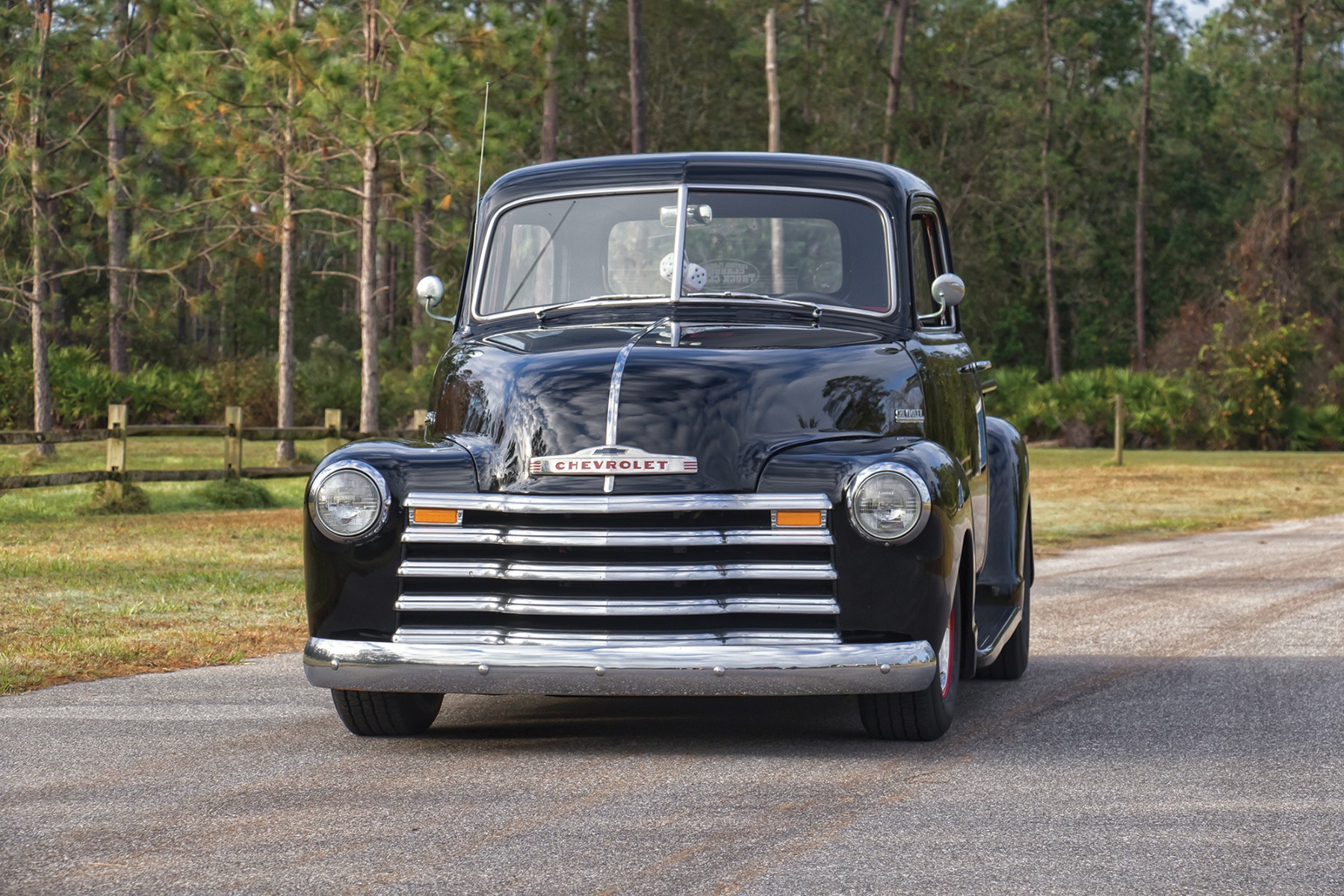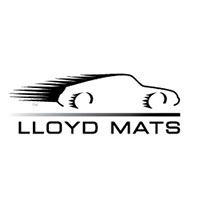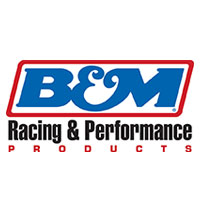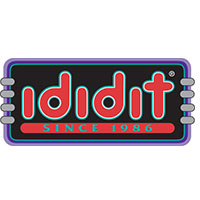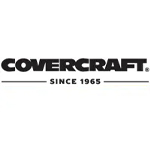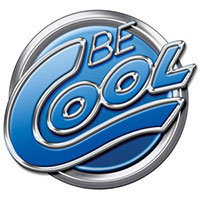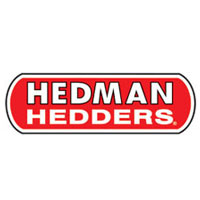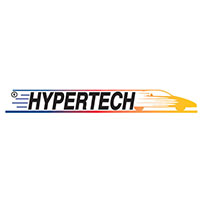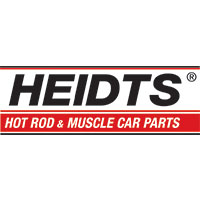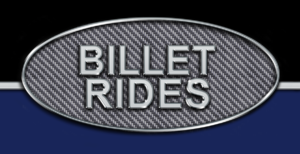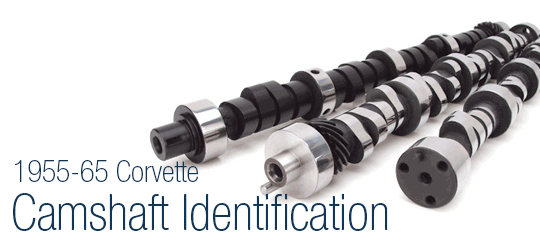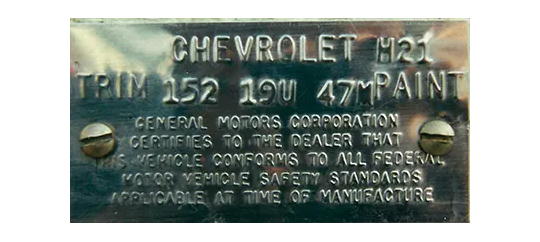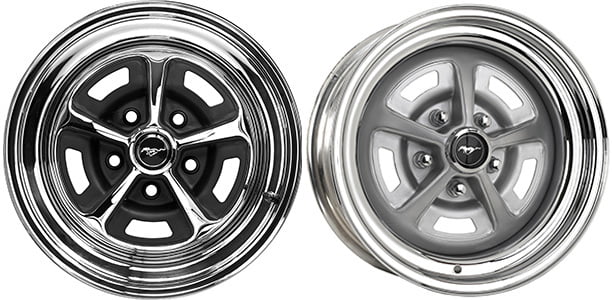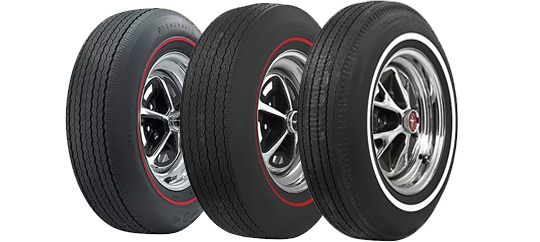Code L88 - Part 2
- Nov 5, 2013
The secret code to a race-ready Corvette in the late 60s
Part 2
Buyer Beware:
Nasty con men have been known to machine off the original RPO non-L88 numbers and re-stamp new ones. Your best bet is to find a reference source that shows if the RPO code matches the casting number. We’d also highly recommend investing in an NCRS Specification Guide covering the model years you’re interested in. The rarest and most valuable item to document a Corvette is the car’s build sheet, which was applied to the gas tank during assembly. It’s not easy to get at, but obviously worth searching for if it means authenticating the car.
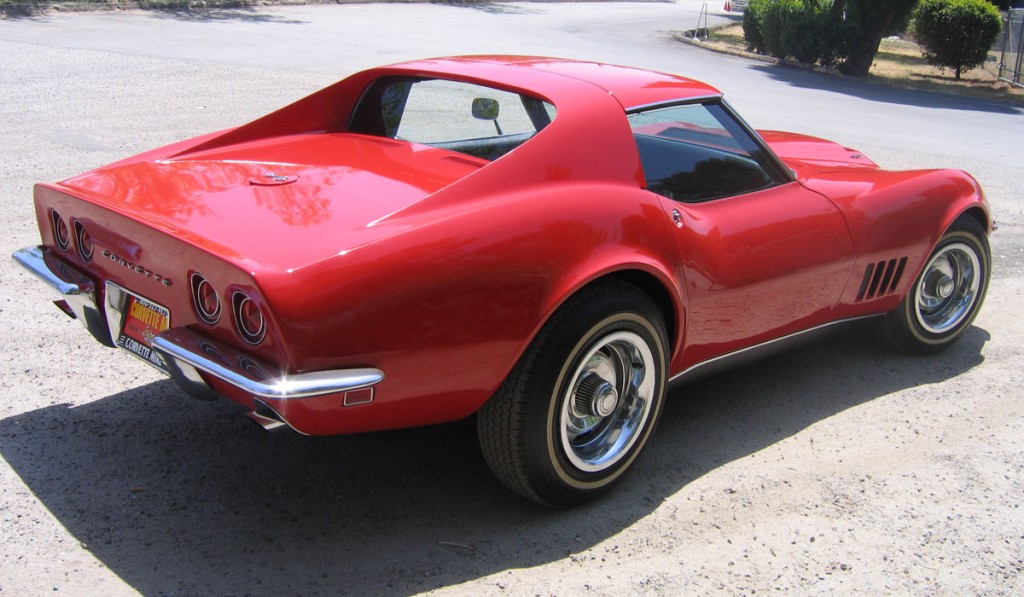
Chevrolet tried in every way possible to discourage ordinary street drivers (who just wanted to be top dog on their street) from buying the L88-equipped Corvettes. First of all, there was the lower-horsepower rating trick we previously mentioned. Then, Chevy also made the price tag much higher (an extra $947.90). Seems like chicken feed now, but at the time it was equivalent to almost 20% more for the car than the L71. A third way of discouraging "café racer” types was to make it impossible to order with a heater, radio, or fan shroud that first year. Dick Guldstrand, who raced a ’67 L88 at the 24 Hours of LeMans, likes to tell about picking up a L88 Corvette at the factory new and having to drive it through a wintry landscape of snow and ice without a heater or defroster. Chevy even forbade you from ordering a radio in ’67! That cut out a certain amount of “street cruisers” who would have been buying too much car right there.
Another off-putting feature was the warning label that came on all L88s that mandated the use of really high octane fuel (“103 Research Octane and 95 Motor Octane, or engine damage may result.”) That probably scared off any buyers who knew their neighborhood didn’t have Penske’s favorite race fuel - Sunoco 260.
Then there was the price tag. That extra $947.90 got you the engine, but didn’t include all the other options you had to buy with it as mandatory equipment. In extensive testing, Duntov had decided which options the car couldn’t live without. For instance, the heavy duty brakes placed the maximum braking effect at the front to account for the weight transfer (due to the big-block’s extra heft) under braking. The brake shoes had increased rigidity. The front calipers had dual long cotter pins.
Surprisingly, the L88 wasn’t the be-all-and-end-all of big-block Corvettes during the ’60s. The possibility of an aluminum block 427 finally reached the option list in ’69, but only insiders knew how to order it. This engine package was called the ZL-1. It was basically an L88 427 big-block V8 in all-aluminum, which made it 20 to 25 pounds lighter than a small-block. Thus, the ZL-1 was considerably better balanced than the L88. You would think these things would have been ordered like gangbusters, right? Wrong. Incredibly, only two of the 585-horsepower ZL-1s were produced for model year 1969. Compare the number “two” to the number of L88s made, and you see that it was the much rarer animal, hardly worth talking about on these pages because they are so unobtainable.
How much is an L88 worth?
In 2007 at a Mecum auction, a one-owner car with 2248 miles on the odometer sold for over $400,000. Of course, that was a low mileage one-owner with the original window sticker, tax and license receipt, Protect-O-Plate, order form, owner's manual and other documentation - enough to fill a loose leaf binder several inches thick. When you are dealing with a car that rare, excessive documentation is what makes the difference in value at an auction. In fact, add a racing history and you could say the sky is the limit on value.
“Corvette Mike” of Anaheim, CA, prides himself on having a wide spectrum of vintage Corvettes for sale. We had only to call him to have him roll out a 1968 red coupe as a representative example of the breed. "I feel that the well-documented L88s will not only hold their value, but increase," says Corvette Mike Vietro, "because the total number is so small and because they represent a mindset: this is a factory-prepped race car for the street”.
And so it goes. In that golden era before emissions tests and mileage requirements, Detroit automakers could actually build a limited run of special cars to indulge our fantasies (would you believe sixty-nine ’69 Camaros were also made with ZL-1 engines?). Chevrolet created the L88, and for that we are grateful, even if they did so almost “behind closed doors,” with the result that they were off the market before most of us even knew they were available.
Shop for Corvette parts at www.EcklersCorvette.com
Follow us on our Corvette Facebook page. Click here and Like us!







